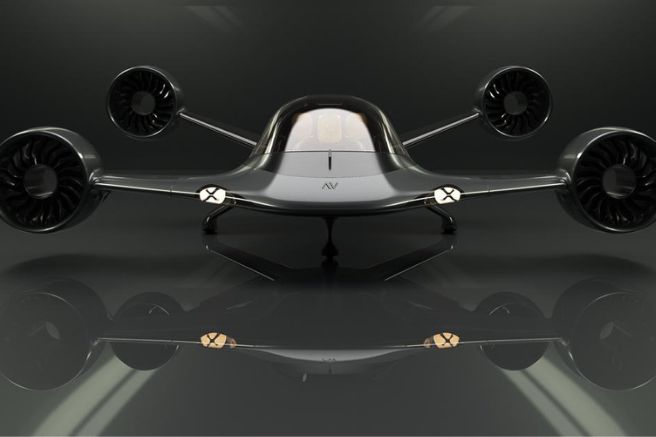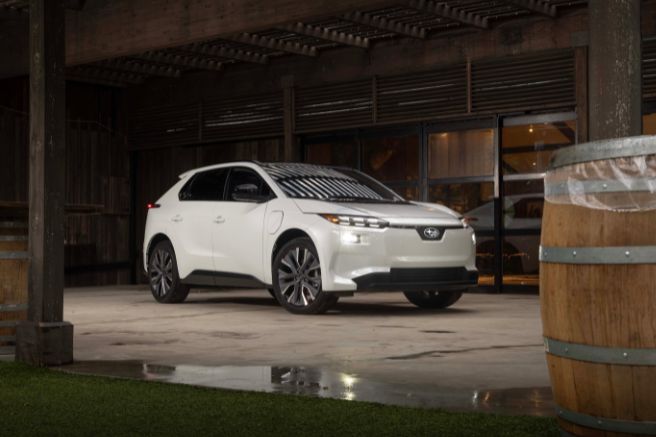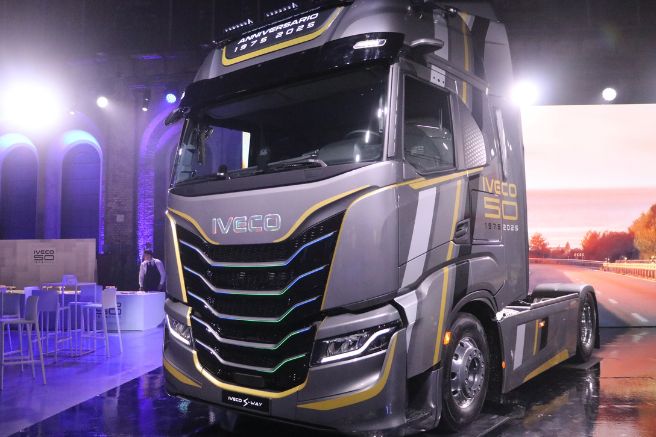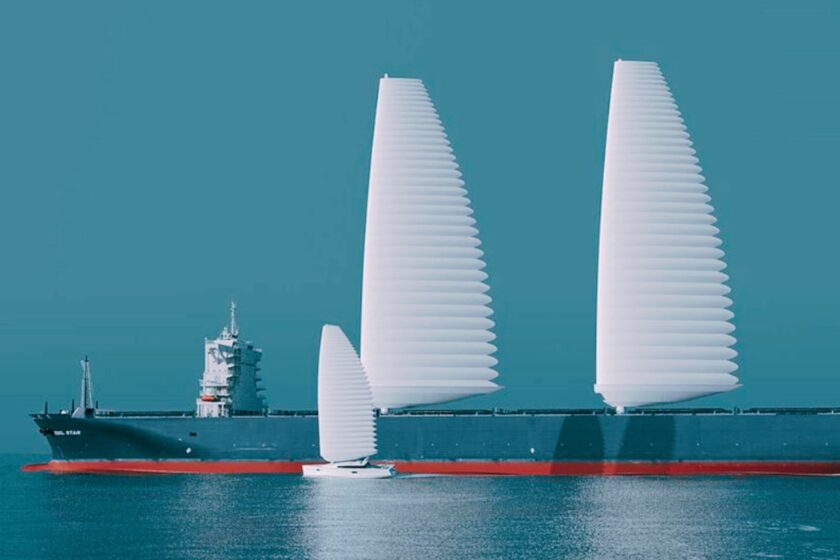
“It takes just 15 large container ships to release into the atmosphere the same amount of sulfur oxides as the entire global car fleet. This was written by Macchine Motori in issue 82, as part of an article highlighting the heavy impact that commercial maritime transport has on the total anthropogenic emissions. Of the total amount, energy production accounts for about 73.3%, cars for about 9%, and maritime transport for about 2%. The article concluded by reflecting on the fact that if large ships were powered by nuclear energy, as is the case in the military with aircraft carriers and submarines, the problem would not exist—while acknowledging that shifting naval propulsion from thermal to nuclear is not an easy task.
Moreover, it is not feasible in the short term, as technical issues are accompanied by regulatory ones. A simpler solution could be hybrid propulsion, as proposed by the Michelin group in the context of the ‘Wisamo‘ project, ‘Wing Sail Mobility,’ which involved the French skipper Michel Desjoyeaux. The study envisions the installation of telescopic masts on large ships, remotely controlled via an automated interface, capable of supporting pneumatic sails that inflate or deflate as needed.”
The project “Wisamo”
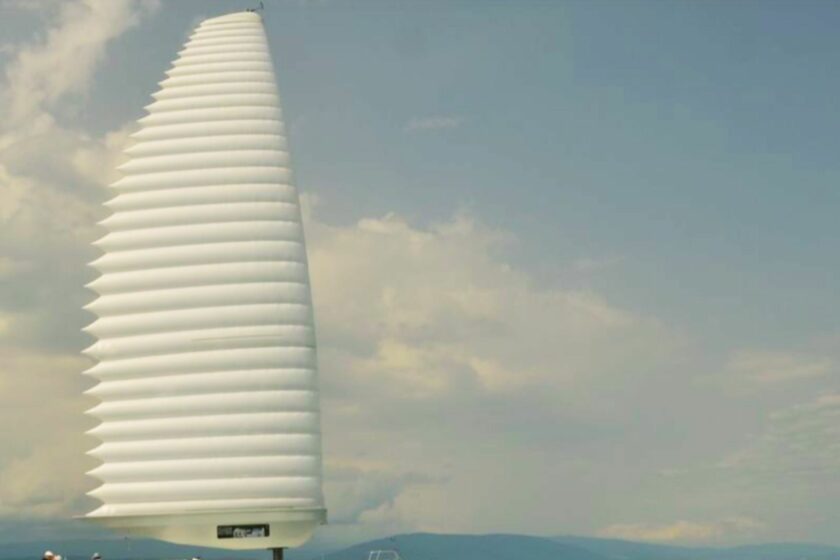
The ships would depart from ports with their masts and sails at rest, only activating them once they reached the open sea. Since the sails are pneumatic, they would have well-defined airfoil profiles, and this, combined with a computerized management system, would allow them to be adjusted for maximum thrust depending on the wind conditions. According to the French company, the system could also be installed on ships already in operation, particularly on oil tankers and cargo ships, and it would reduce fuel consumption by ten to twenty percent. The project is in an advanced testing phase between France and Switzerland. A first prototype, based on a 100-square-meter sail mounted on a fixed mast, was tested on Lake Neuchâtel in Switzerland by sailor Michel Desjoyeaux and has been at sea since the summer of 2021.
According to Desjoyeaux, “Wisamo can be adapted to any vessel that wants to harness wind energy, and it’s easy to use since it only takes pressing a button to operate. For this reason, it is also ideal for cargo ships, which usually don’t have many crew members on deck and whose crews aren’t necessarily experienced in sailing.” In 2022, a second prototype of the system was developed for the container ship “Le Pelican” of the Compagnie Maritime Nantaise, and in 2023, the sail was officially approved for installation on a commercial vessel of the company.
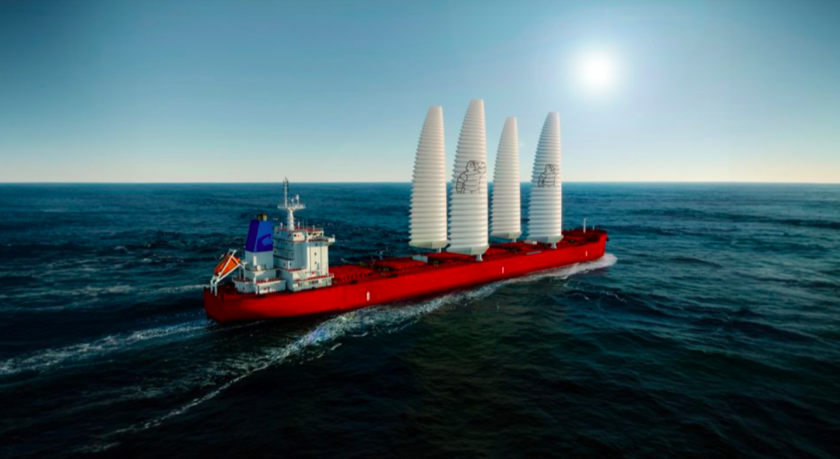
An additional prototype was then tested on a ferry, logging hundreds of hours of navigation. Now, Michelin aims to test the “Wisamo” system on large cargo ships, with sails that could cover an area of up to 800 square meters, and which could operate in groups of up to four elements to provide a greater boost in propulsion. The first deliveries of the system, produced in series—although this term should not be interpreted literally, as each application needs to be custom-designed—are expected for merchant ships in 2026.
Title: “Full Sails Ahead with Michelin’s “Wisamo Project”
Translation with ChatGPT

